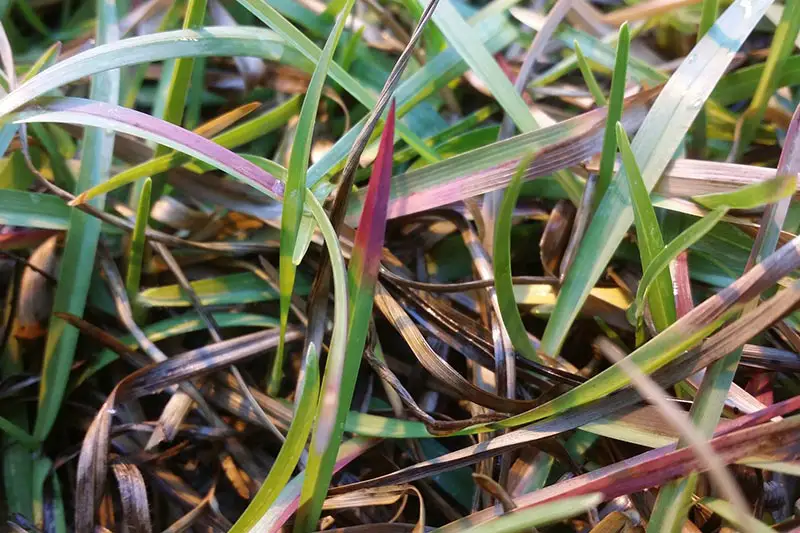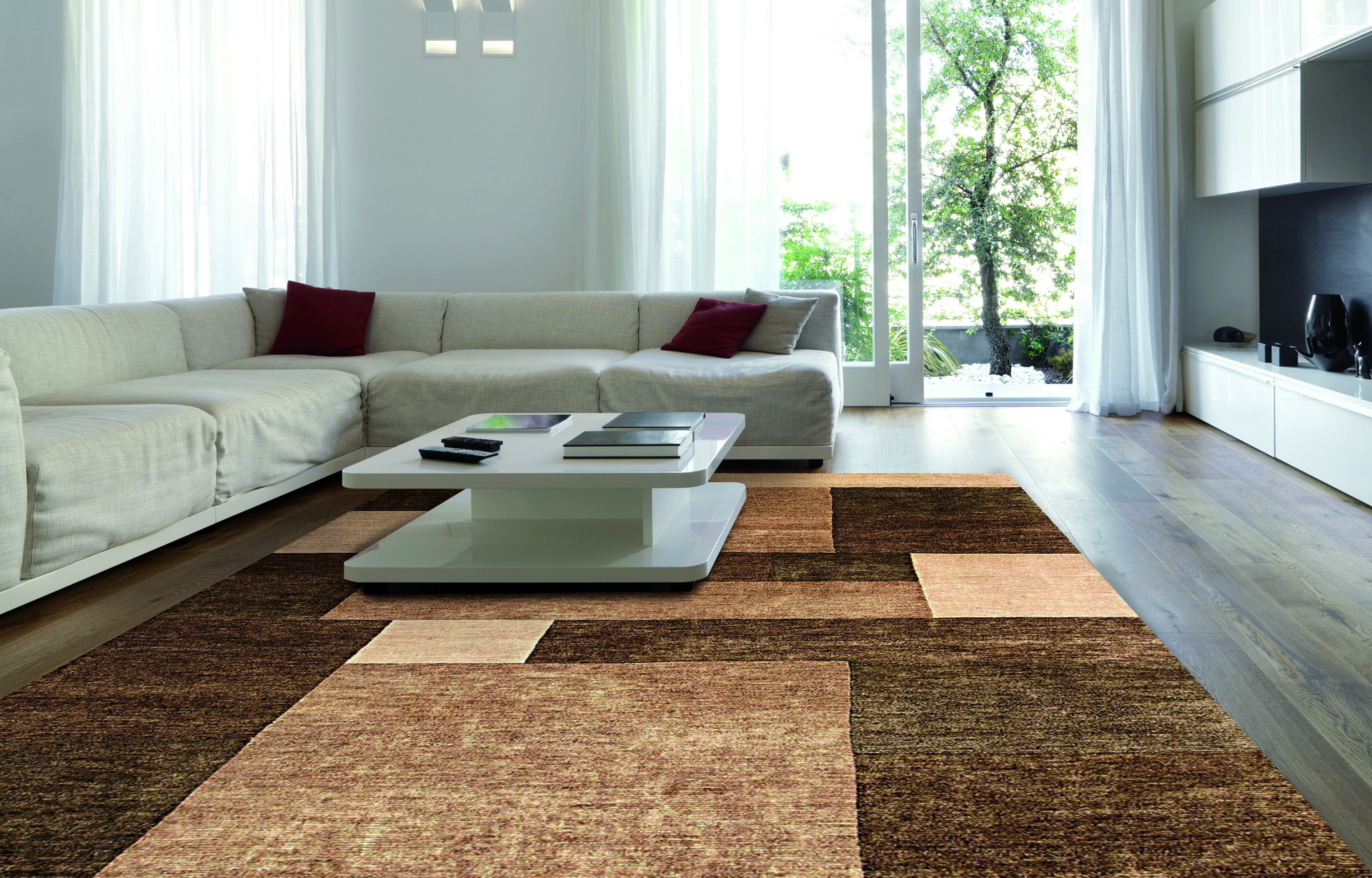Flame retardants are chemicals that are often added to crib mattresses to prevent them from catching fire. While this may seem like a safety measure, the truth is that many of these chemicals have been linked to serious health concerns. Flame retardants such as polybrominated diphenyl ethers (PBDEs) and chlorinated tris have been found to be carcinogenic and disruptive to the endocrine system. These chemicals can also bioaccumulate in the body, meaning they build up over time and can cause harm even at low levels.1. Flame Retardants in Crib Mattresses
Formaldehyde is a chemical commonly used in the manufacturing of crib mattresses. It is used as a binding agent in the production of polyurethane foam and is also found in adhesives and flame retardants. However, formaldehyde is a known carcinogen and has been linked to respiratory issues, skin irritation, and eye irritation. It is also considered a volatile organic compound (VOC), which means it can off-gas and contribute to poor indoor air quality.2. Formaldehyde in Crib Mattresses
Phthalates are a group of chemicals used to make plastic more flexible. They are often found in crib mattresses as plasticizers in vinyl covers and waterproofing materials. However, these chemicals have been linked to reproductive and developmental issues in children, as well as asthma and allergies. They have also been found to leach out of products over time, potentially exposing infants and young children to harmful levels.3. Phthalates in Crib Mattresses
Polyurethane foam is a common material used in the production of crib mattresses. While it may seem like a harmless material, the truth is that it can release volatile organic compounds (VOCs) into the air. These chemicals can contribute to indoor air pollution and have been linked to respiratory issues and irritation of the eyes, nose, and throat. Polyurethane foam can also break down over time, releasing formaldehyde and other harmful chemicals into the air.4. Polyurethane Foam in Crib Mattresses
Volatile organic compounds (VOCs) are chemicals that can off-gas from materials used in crib mattresses, such as foam, adhesives, and flame retardants. These chemicals can contribute to indoor air pollution and have been linked to a variety of health concerns, including respiratory issues, headaches, and irritation of the eyes, nose, and throat. Some VOCs, such as formaldehyde and benzene, are known carcinogens.5. Volatile Organic Compounds (VOCs) in Crib Mattresses
Antimony is a chemical that is often added to crib mattresses as a flame retardant. However, it has been linked to a variety of health concerns, including respiratory issues, skin irritation, and eye irritation. It is also considered a possible carcinogen by the International Agency for Research on Cancer. Antimony can leach out of products over time, potentially exposing infants and young children to harmful levels.6. Antimony in Crib Mattresses
Lead is a toxic metal that has been used in a variety of products, including crib mattresses. While it is no longer allowed in most consumer products, some older crib mattresses may still contain lead. Exposure to lead has been linked to developmental delays, behavioral problems, and learning disabilities in children. It is important to check the label or contact the manufacturer to ensure that the crib mattress you are considering is lead-free.7. Lead in Crib Mattresses
Bisphenol A (BPA) is a chemical used in the production of plastics and can be found in crib mattresses as well. It has been linked to a variety of health concerns, including reproductive and developmental issues, thyroid dysfunction, and obesity. BPA can leach out of products over time, potentially exposing infants and young children to harmful levels. Look for crib mattresses that are labeled BPA-free to avoid this chemical.8. BPA in Crib Mattresses
Pesticides are chemicals that are often used in conventional cotton production. Since cotton is a common material used in crib mattresses, there is a risk of exposure to these chemicals. Pesticides have been linked to a variety of health concerns, including cancer, reproductive issues, and neurological disorders. Look for crib mattresses that are made from organic cotton or are labeled pesticide-free to avoid these chemicals.9. Pesticides in Crib Mattresses
Phosphorus is a chemical commonly used in the production of crib mattresses as a flame retardant. However, there is concern that it may be toxic to the environment and human health. Phosphorus has been linked to respiratory issues and irritation of the skin and eyes. It is important to look for crib mattresses that are labeled phosphorus-free to avoid potential harm.10. Phosphorus in Crib Mattresses
The Hidden Dangers of Chemicals in Crib Mattresses

A Growing Concern for Parents
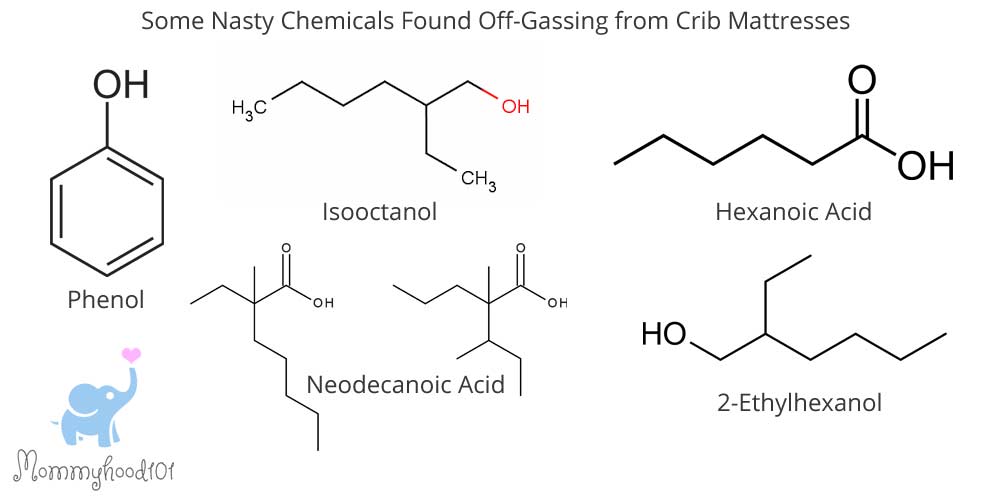 As a parent, one of the most important decisions you will make is choosing a crib mattress for your baby. You want to provide a safe and comfortable sleeping environment for your little one, but did you know that your choice of crib mattress could potentially expose your baby to harmful chemicals?
Crib mattresses are often made with a variety of chemicals
such as polyurethane foam, vinyl, and flame retardants. These chemicals can release toxic gases, known as volatile organic compounds (VOCs), into the air your baby breathes. In fact, a study by the Environmental Protection Agency found that infants can be exposed to three times the amount of VOCs while sleeping on a crib mattress compared to adults sleeping on a regular mattress.
As a parent, one of the most important decisions you will make is choosing a crib mattress for your baby. You want to provide a safe and comfortable sleeping environment for your little one, but did you know that your choice of crib mattress could potentially expose your baby to harmful chemicals?
Crib mattresses are often made with a variety of chemicals
such as polyurethane foam, vinyl, and flame retardants. These chemicals can release toxic gases, known as volatile organic compounds (VOCs), into the air your baby breathes. In fact, a study by the Environmental Protection Agency found that infants can be exposed to three times the amount of VOCs while sleeping on a crib mattress compared to adults sleeping on a regular mattress.
The Impact on Your Baby's Health
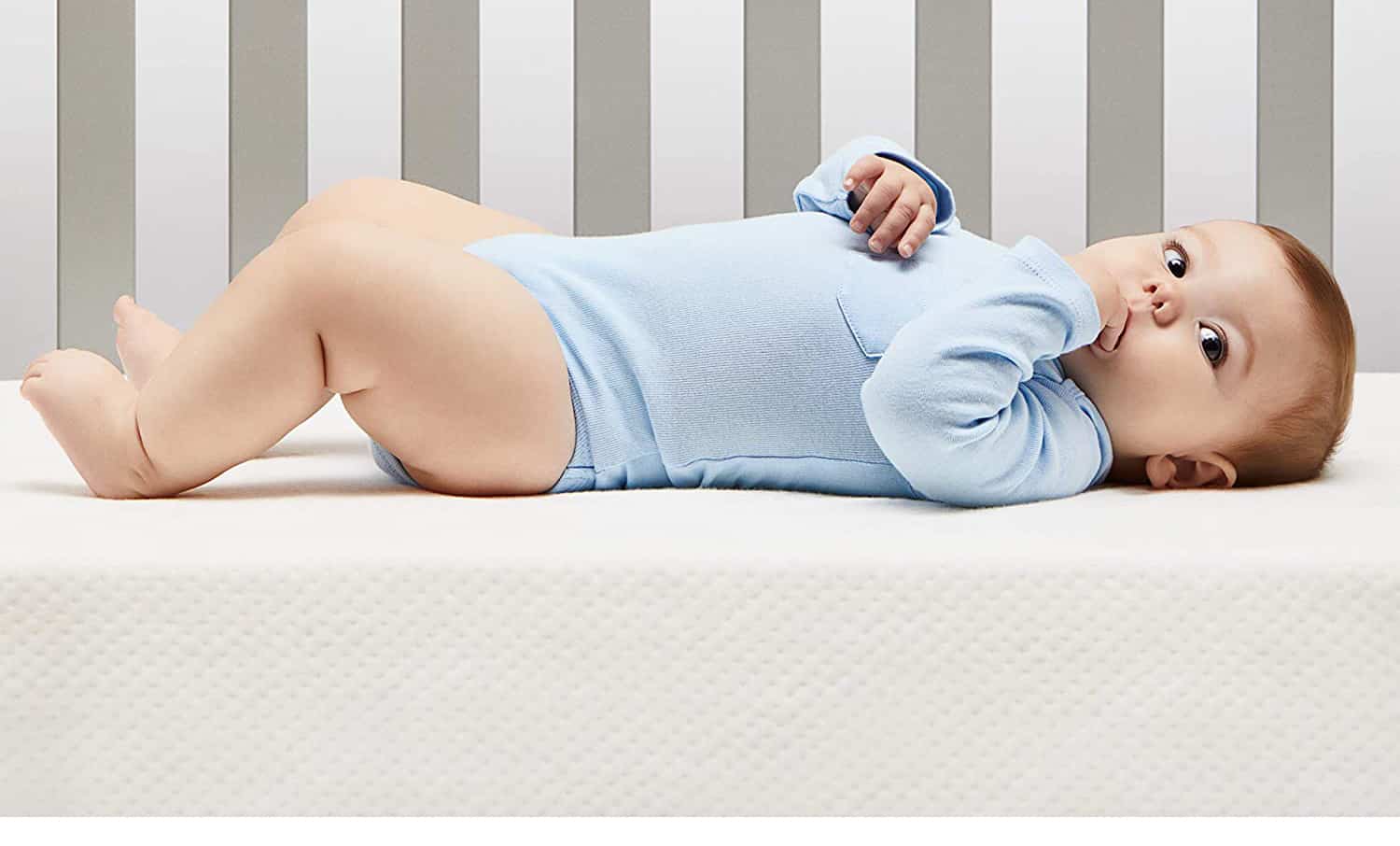 Exposure to these chemicals in crib mattresses has been linked to a number of health issues in babies, including respiratory problems, skin irritations, and even developmental delays. Young children are especially vulnerable to the effects of these chemicals as their organs and immune systems are still developing.
Some studies have also shown a potential link between exposure to these chemicals and an increased risk of Sudden Infant Death Syndrome (SIDS).
Exposure to these chemicals in crib mattresses has been linked to a number of health issues in babies, including respiratory problems, skin irritations, and even developmental delays. Young children are especially vulnerable to the effects of these chemicals as their organs and immune systems are still developing.
Some studies have also shown a potential link between exposure to these chemicals and an increased risk of Sudden Infant Death Syndrome (SIDS).
Choosing a Safer Option
 With mounting concerns over the potential dangers of chemicals in crib mattresses, many parents are turning to
organic and natural options
. These mattresses are made with materials such as organic cotton, wool, and natural latex, which are free from harmful chemicals and provide a safe and comfortable sleeping surface for your baby. They are also
hypoallergenic
, making them a great choice for babies with allergies or sensitive skin.
With mounting concerns over the potential dangers of chemicals in crib mattresses, many parents are turning to
organic and natural options
. These mattresses are made with materials such as organic cotton, wool, and natural latex, which are free from harmful chemicals and provide a safe and comfortable sleeping surface for your baby. They are also
hypoallergenic
, making them a great choice for babies with allergies or sensitive skin.
Conclusion
 When it comes to your baby's health and safety, it's important to do your research and make informed decisions. While
crib mattresses with chemicals
may be more affordable, the potential risks they pose to your baby's health are not worth the cost savings. Consider investing in an
organic or natural crib mattress
for your little one's well-being and peace of mind. After all, your baby's crib is their safe haven, and it should be free from any hidden dangers.
When it comes to your baby's health and safety, it's important to do your research and make informed decisions. While
crib mattresses with chemicals
may be more affordable, the potential risks they pose to your baby's health are not worth the cost savings. Consider investing in an
organic or natural crib mattress
for your little one's well-being and peace of mind. After all, your baby's crib is their safe haven, and it should be free from any hidden dangers.

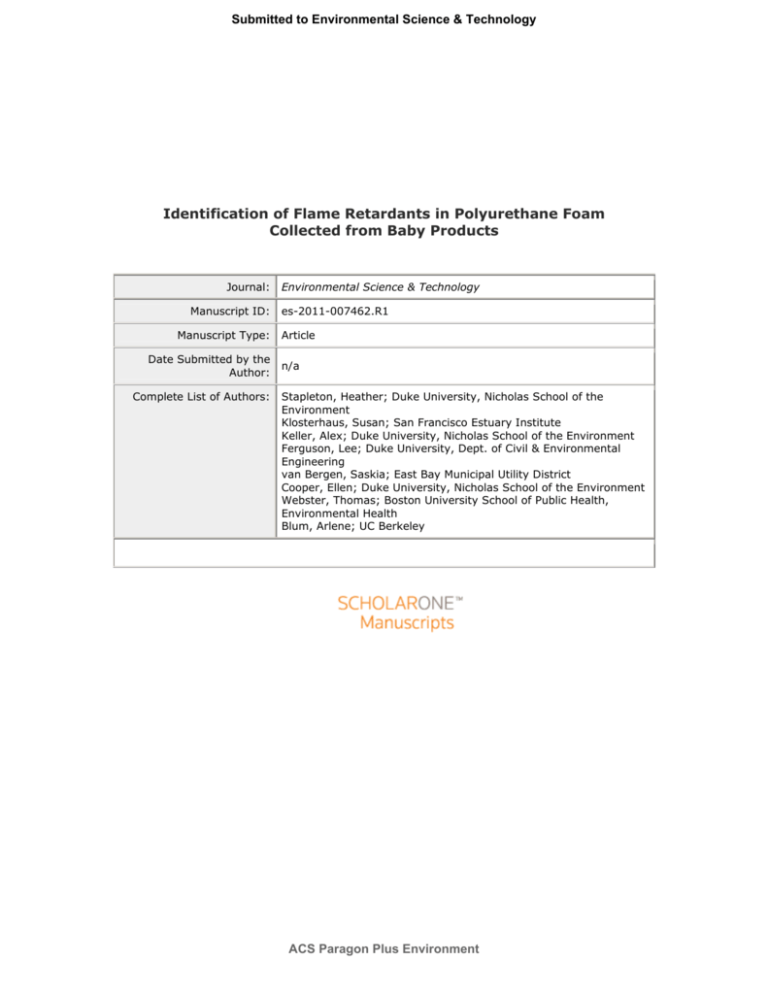








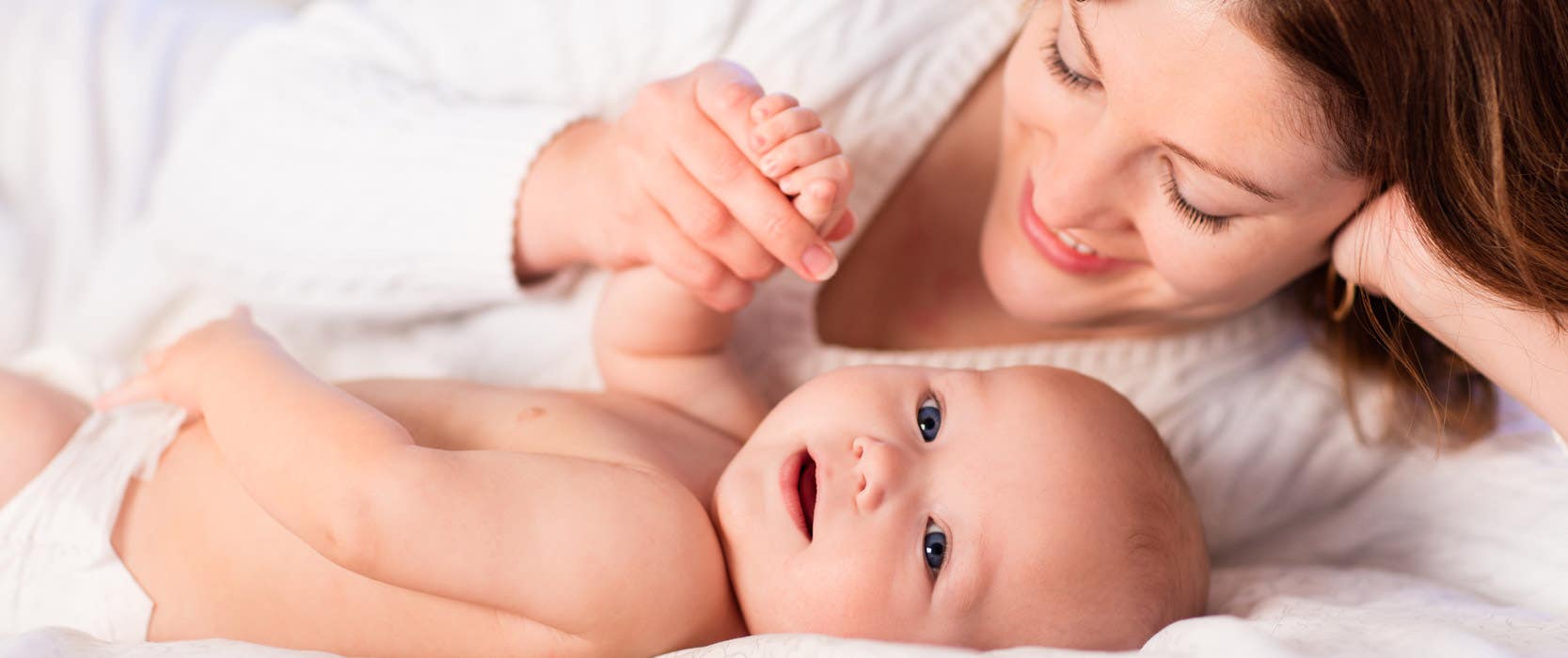




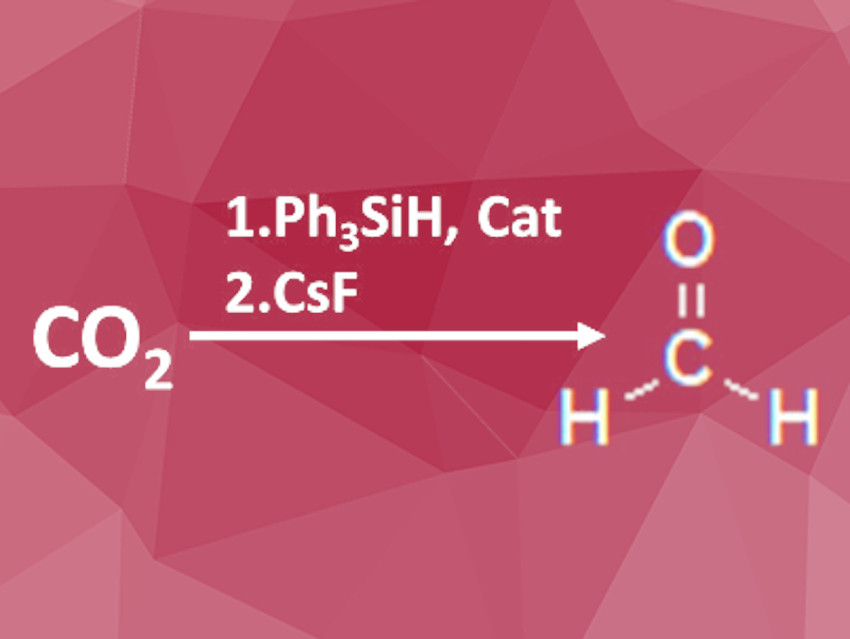





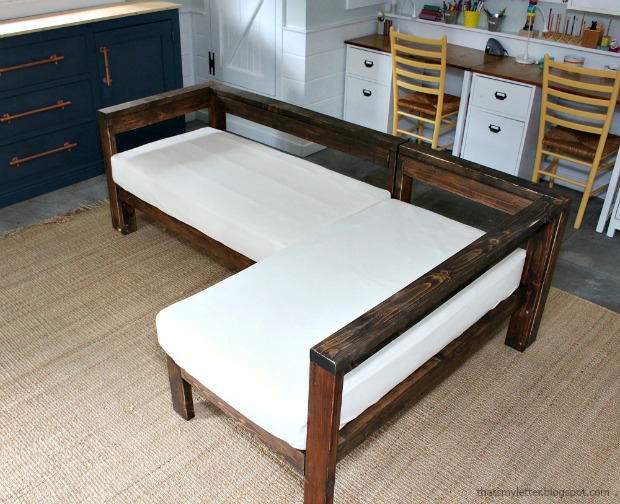
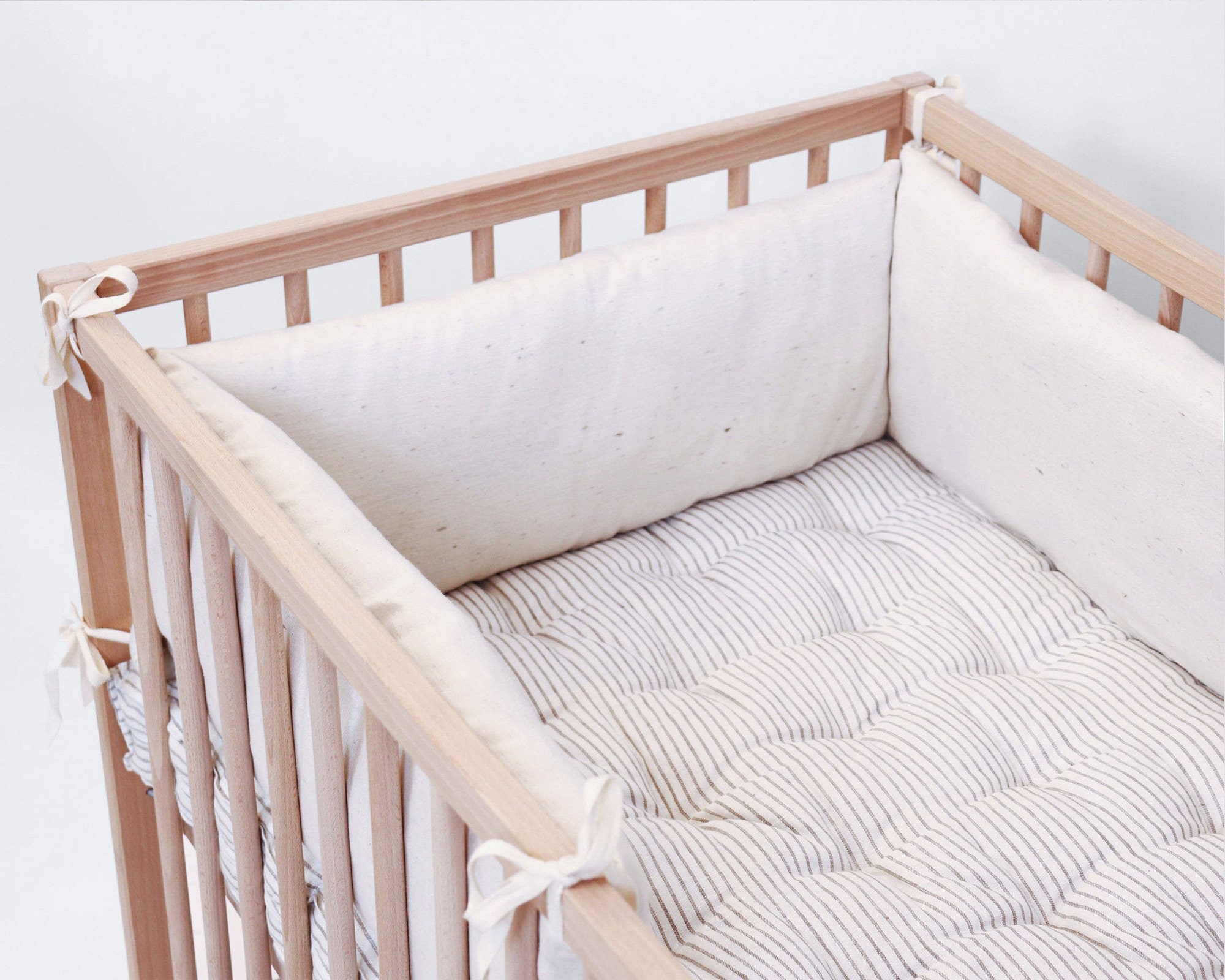
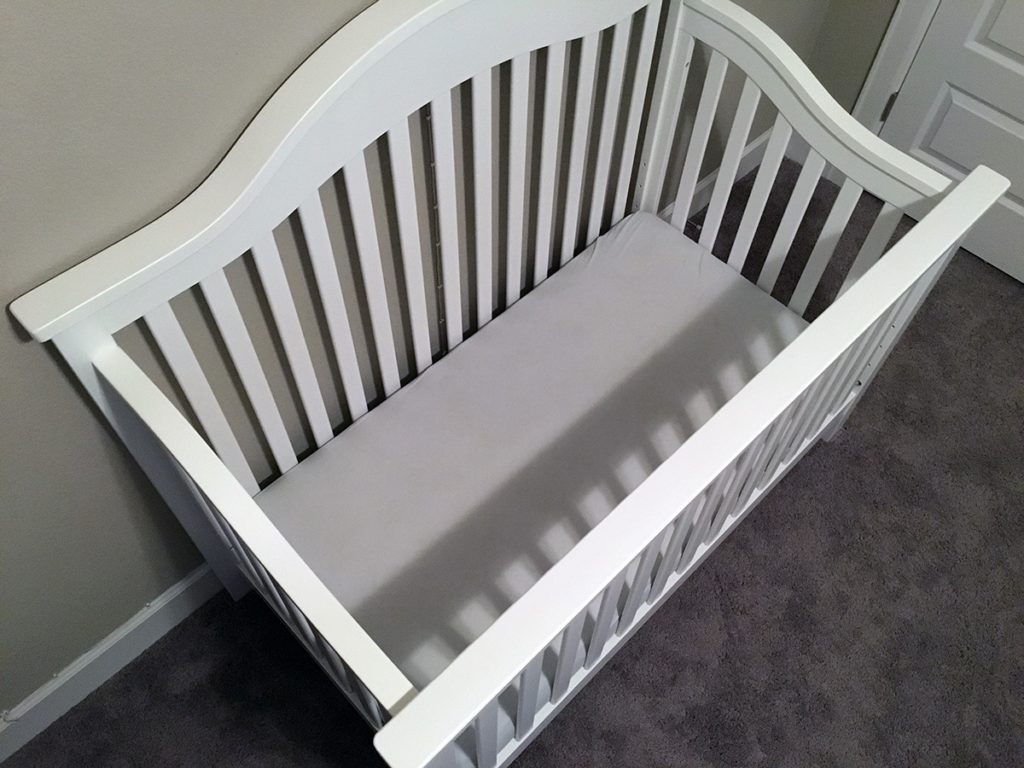







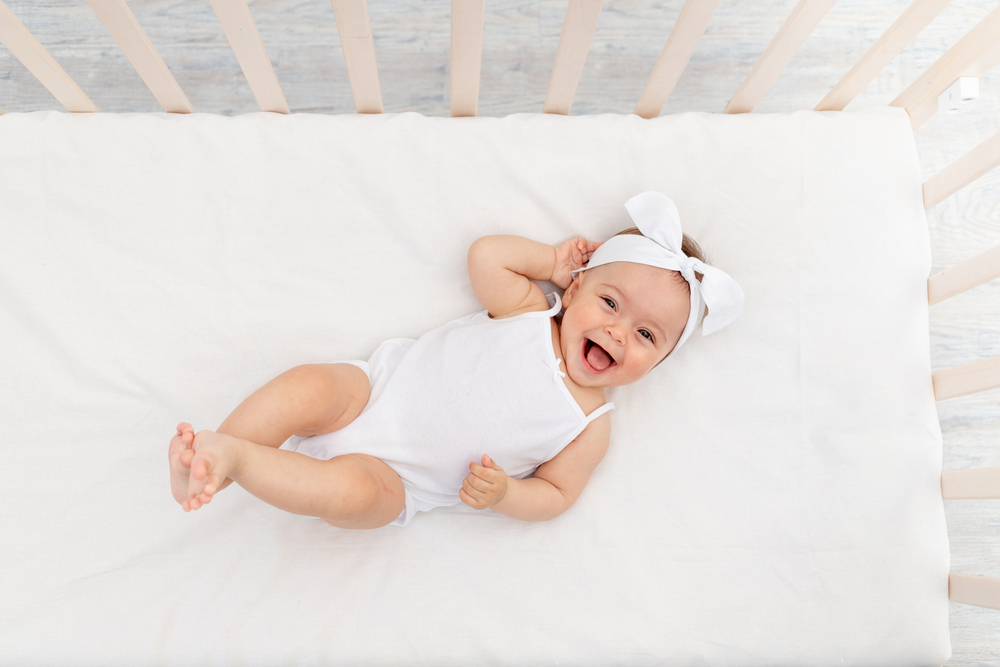
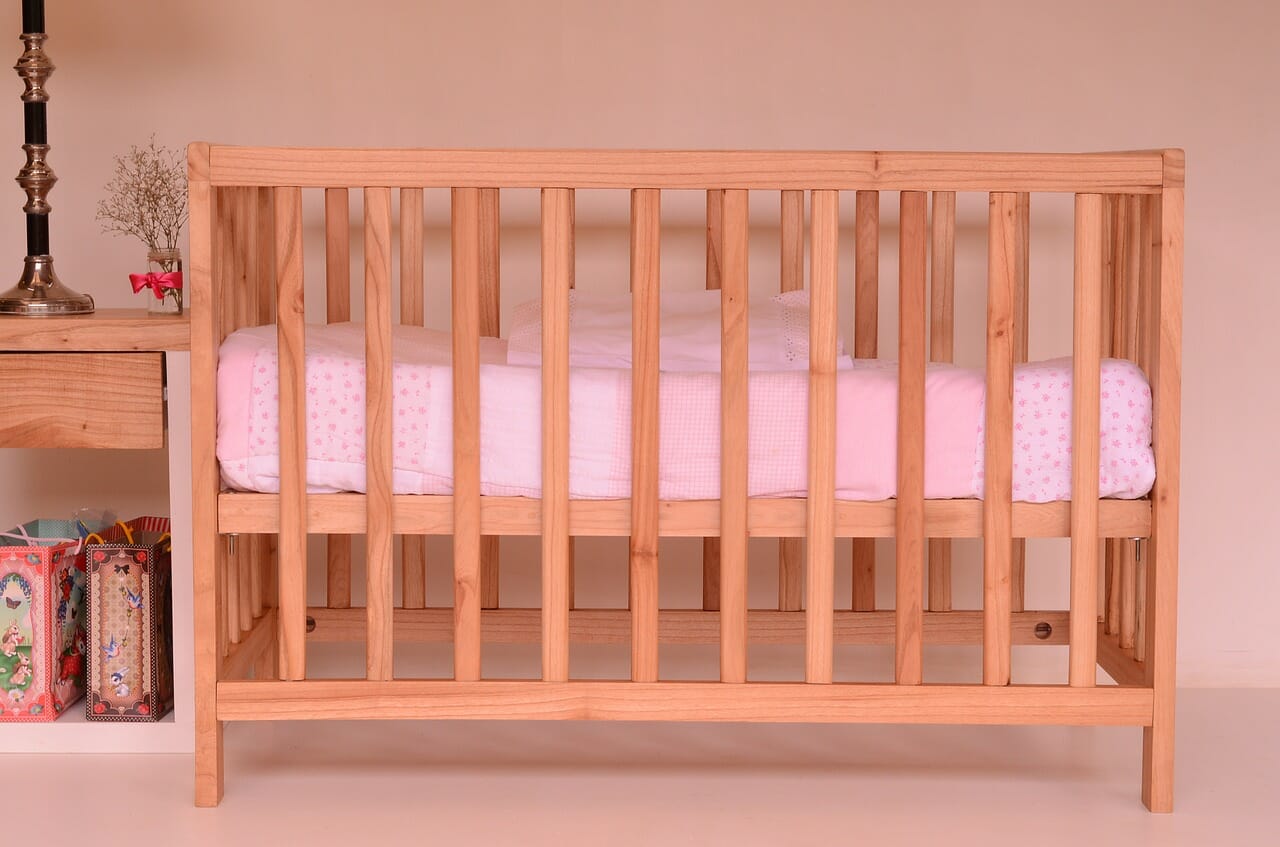



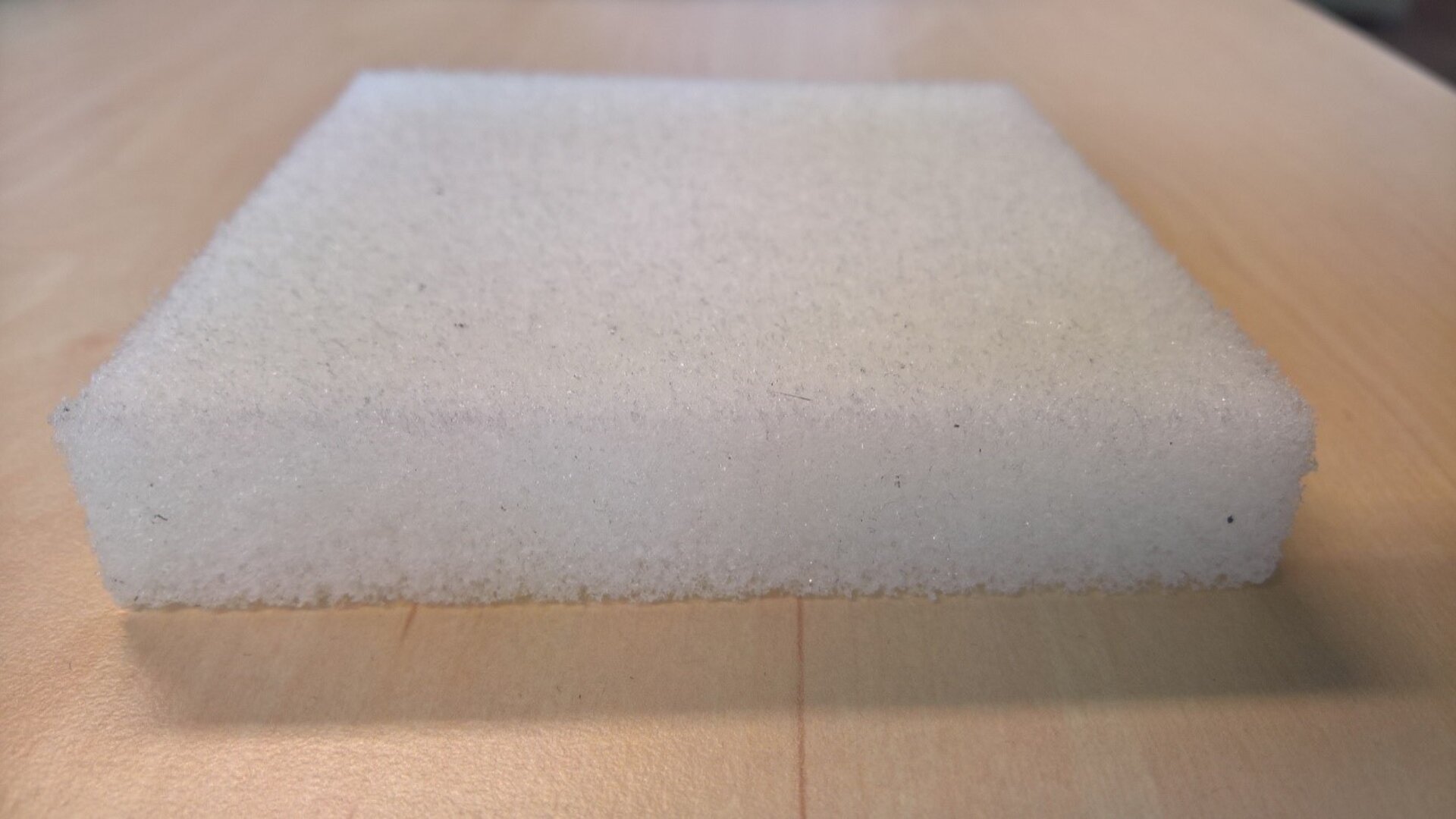


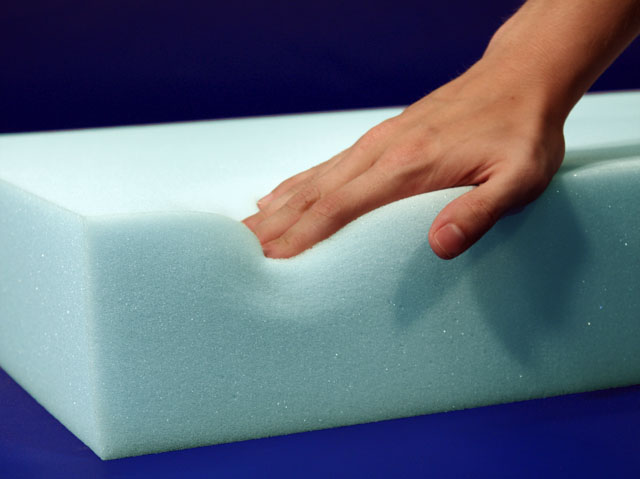
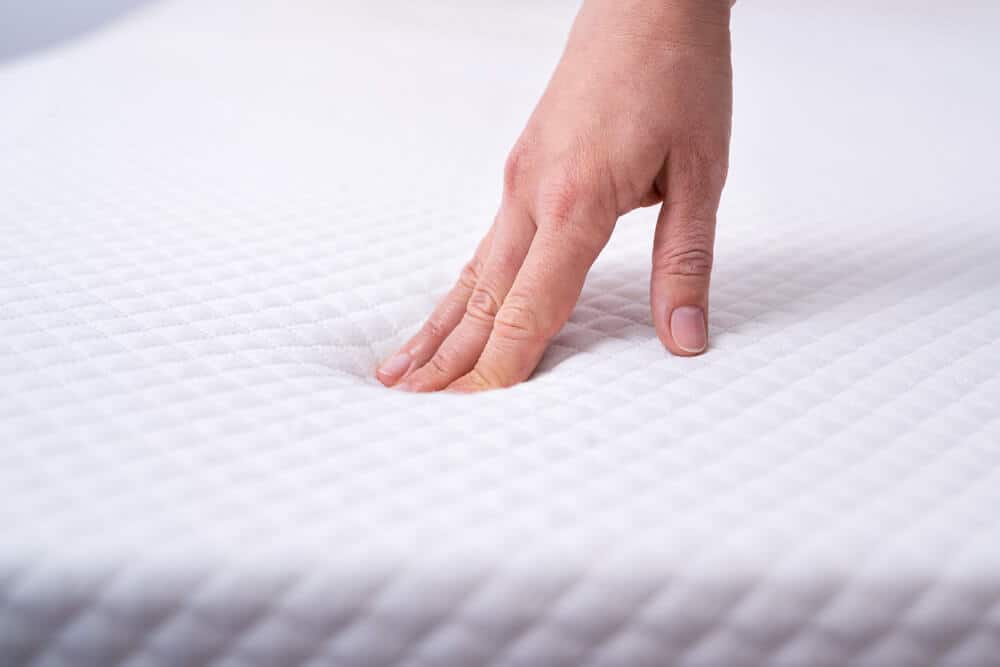
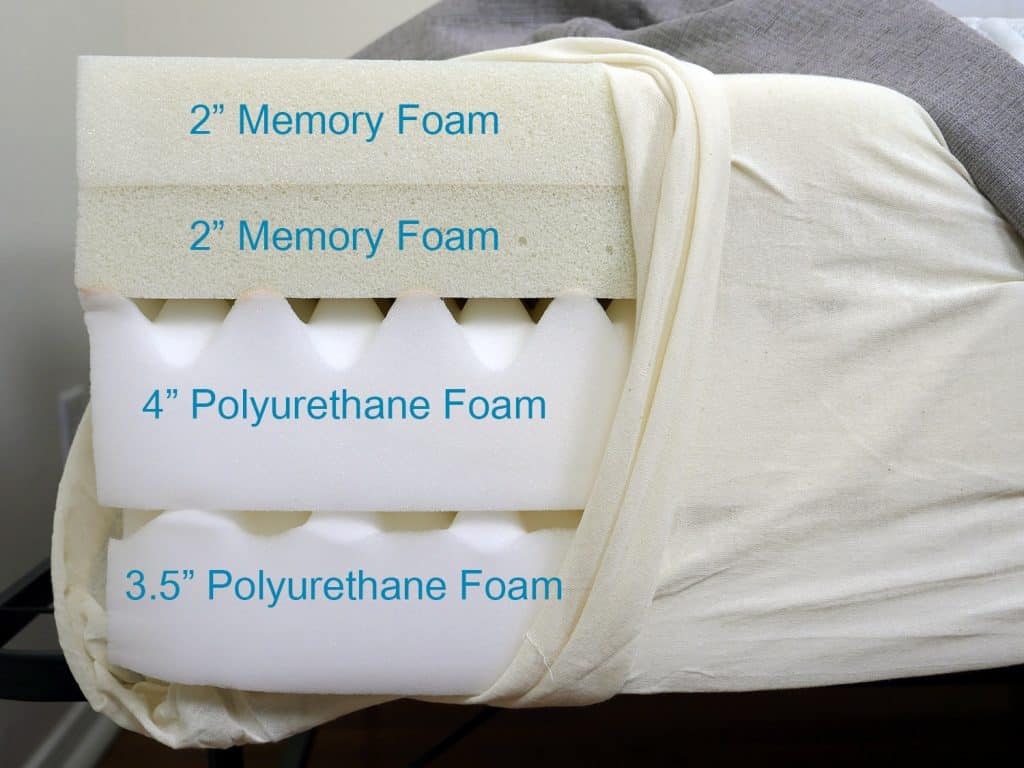



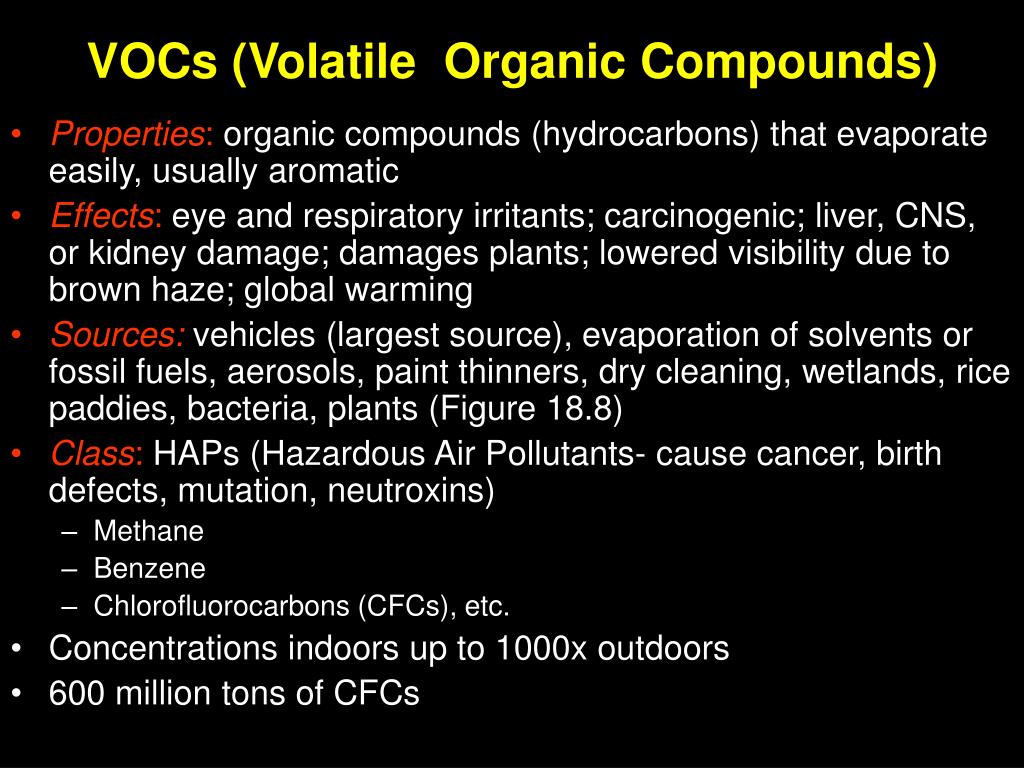

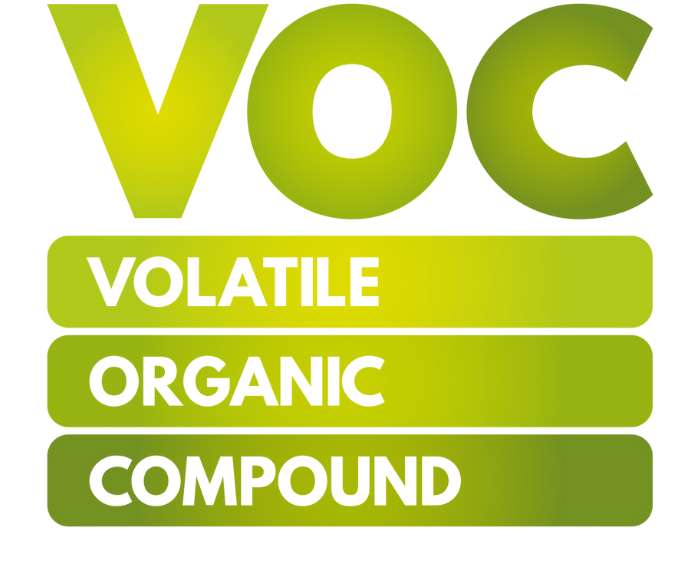
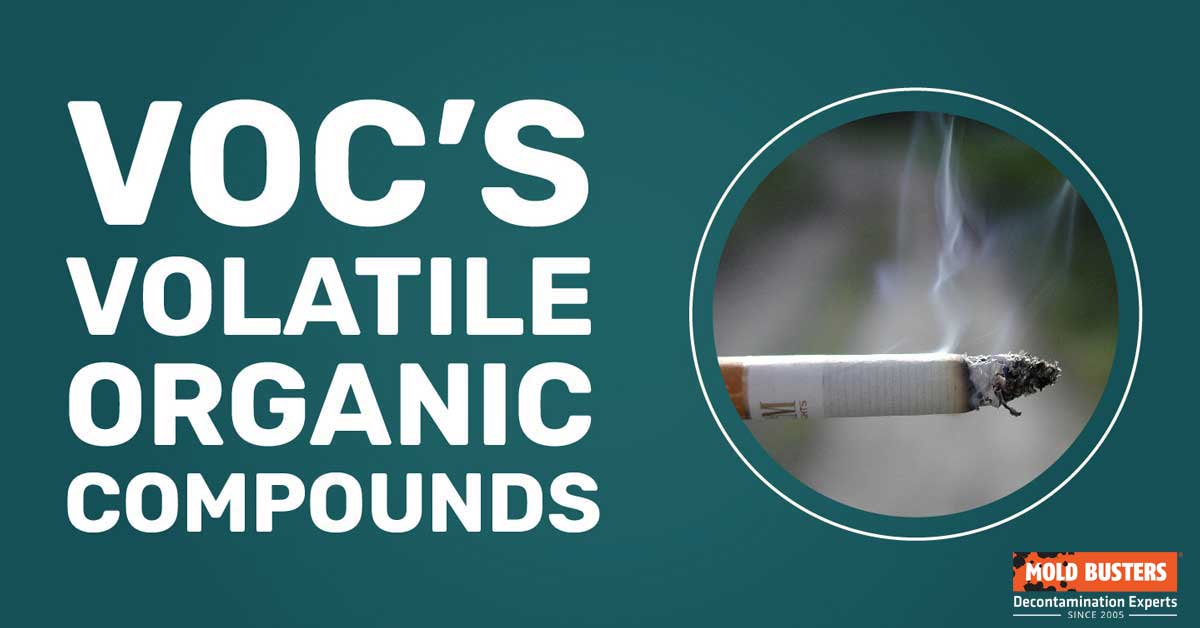



.jpg)
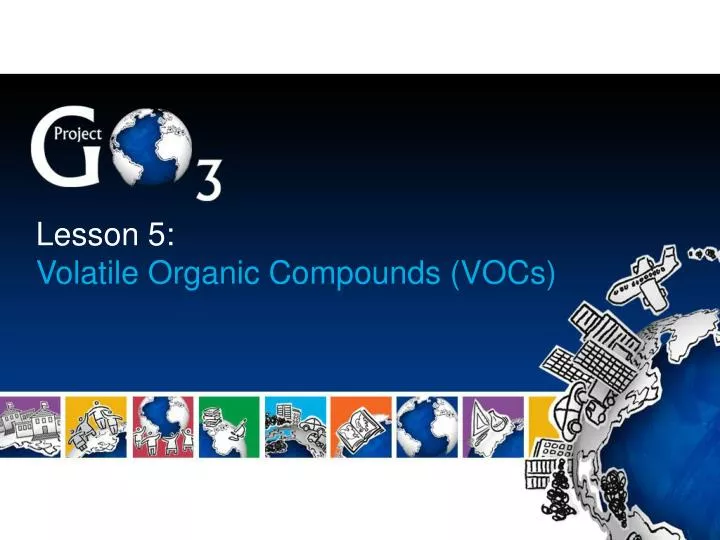


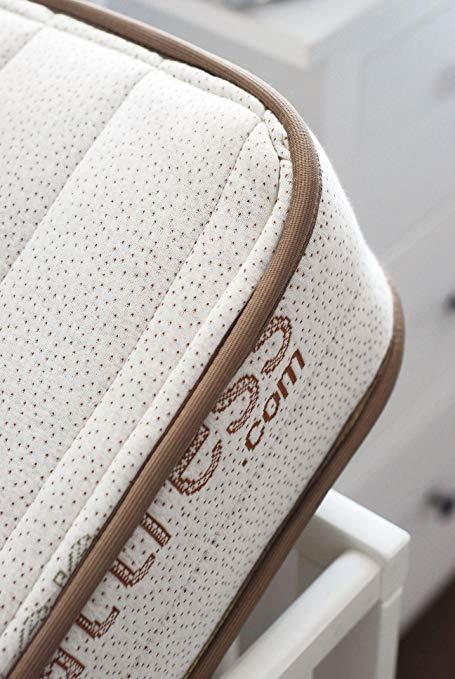

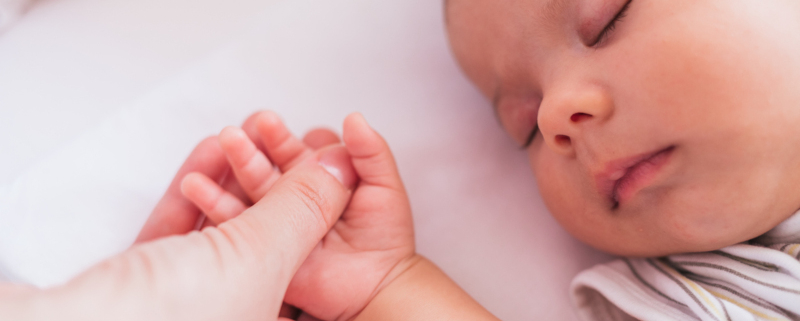


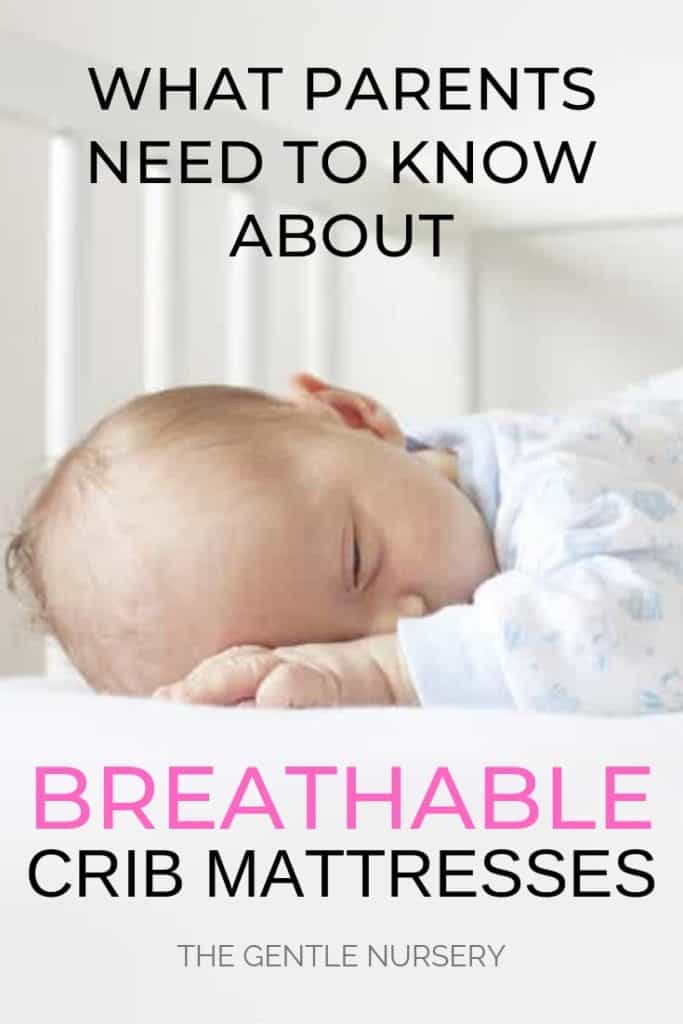

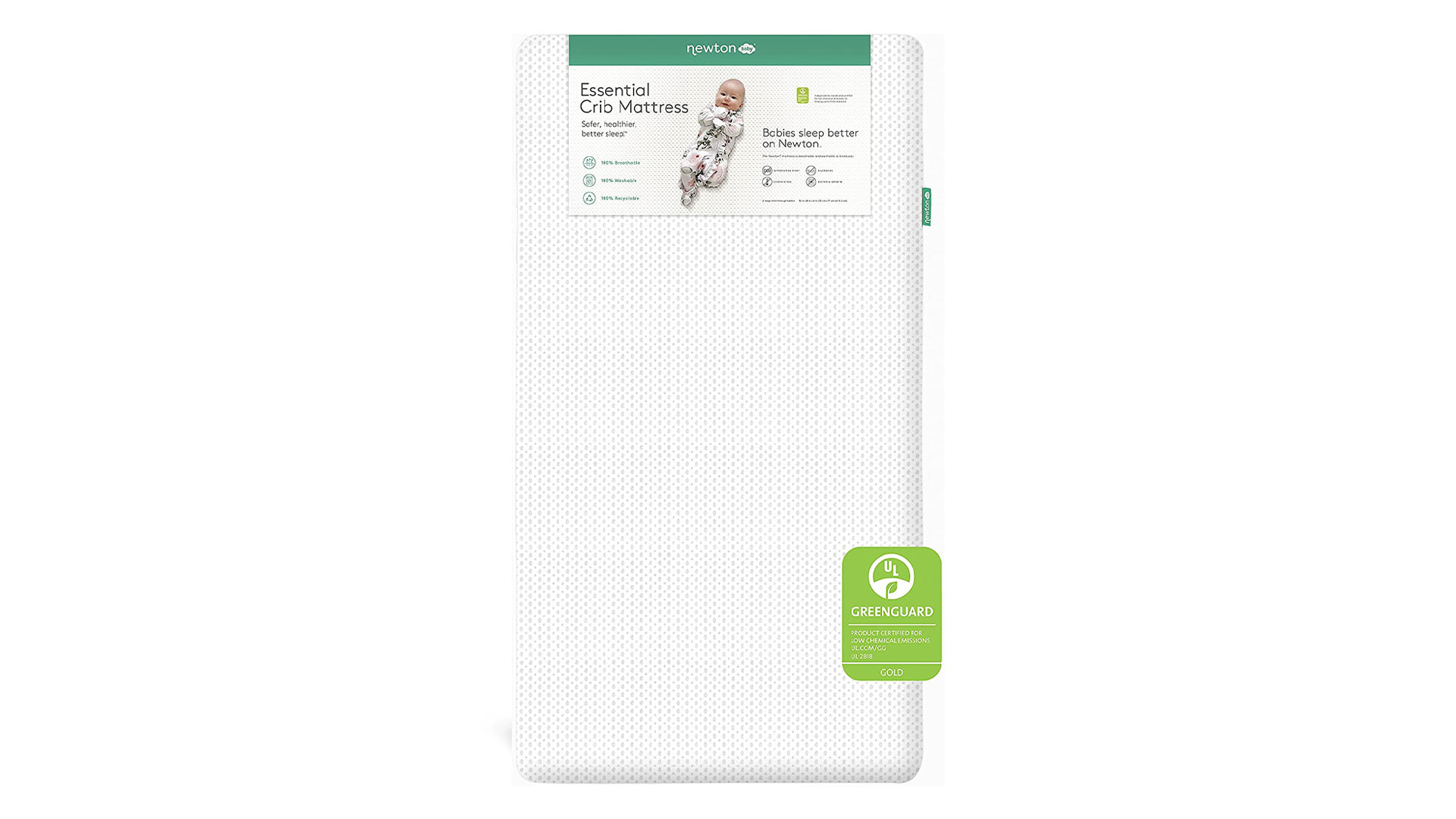



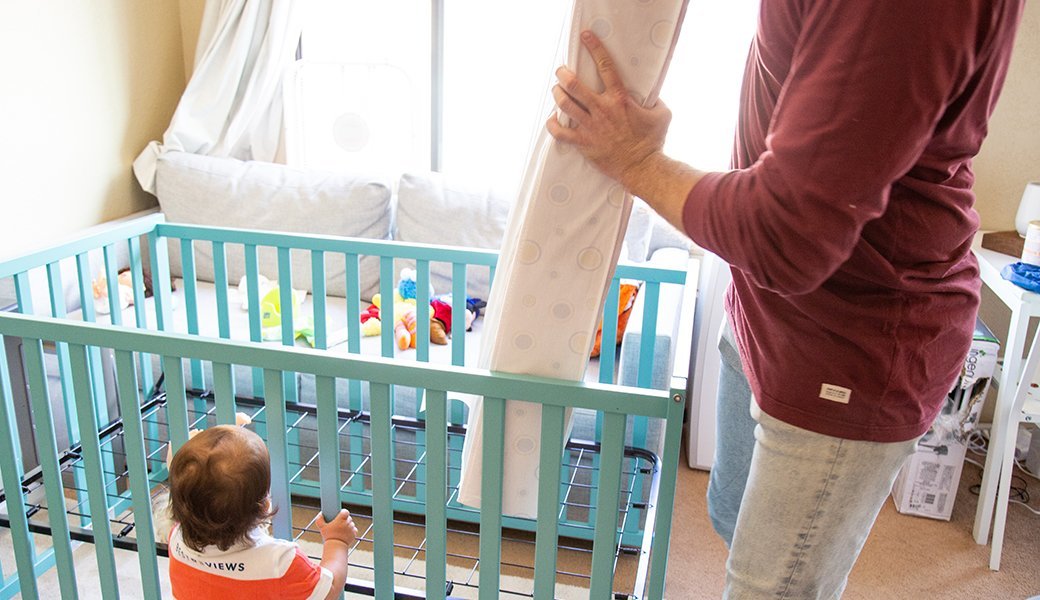
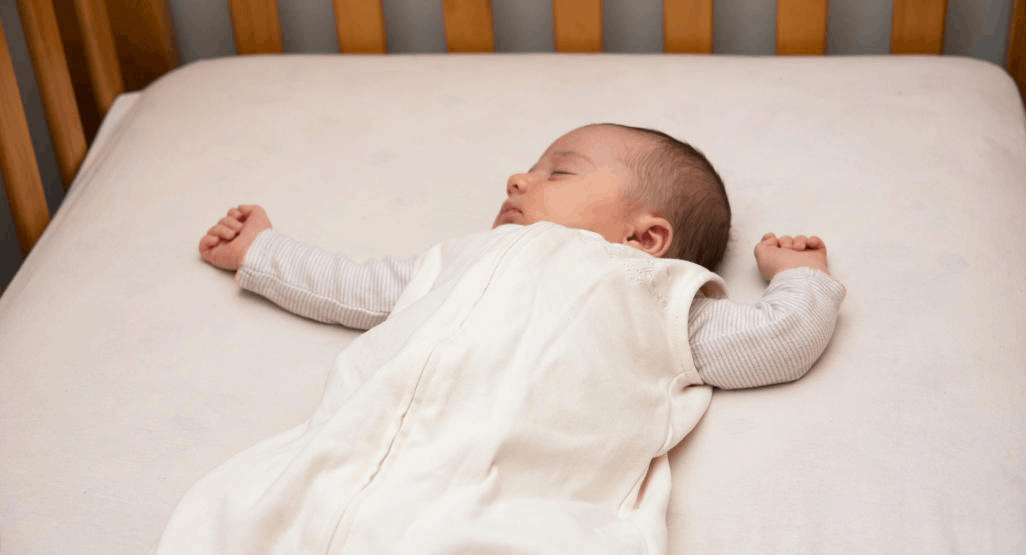
/GettyImages-102357646-5568a9ec50b04f90a594acb93db1b014.jpg)
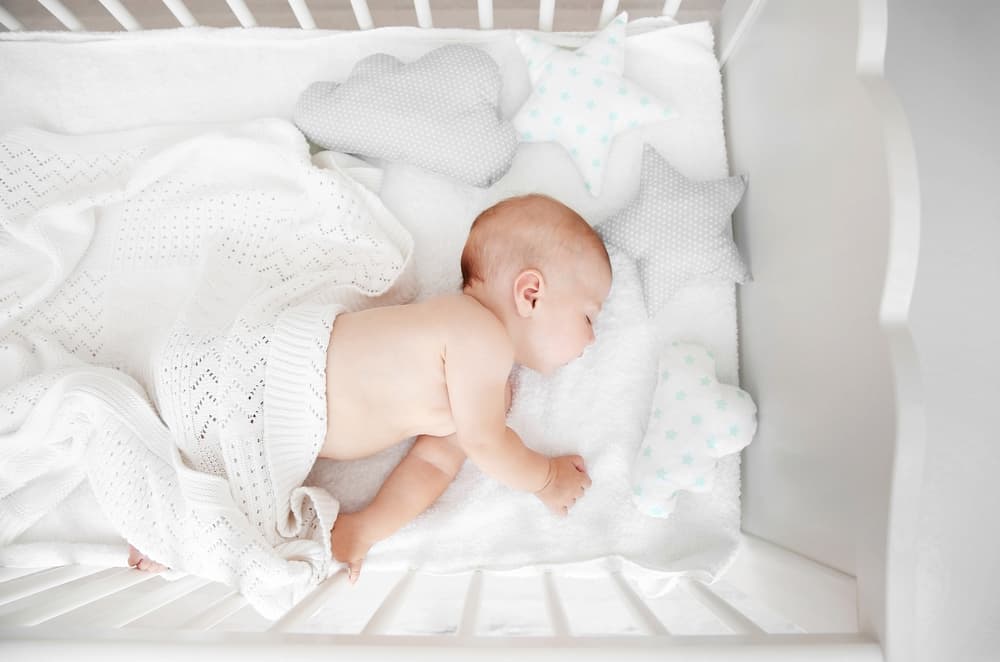







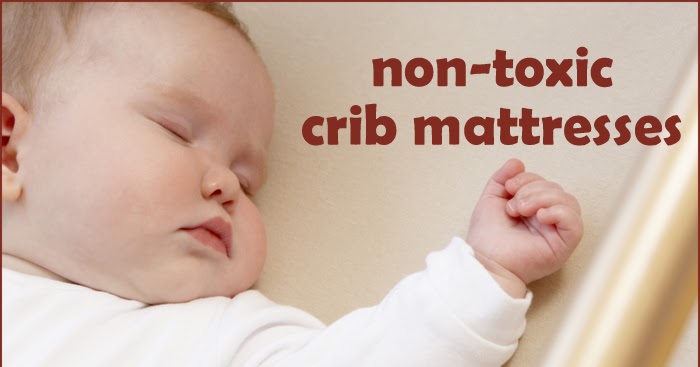
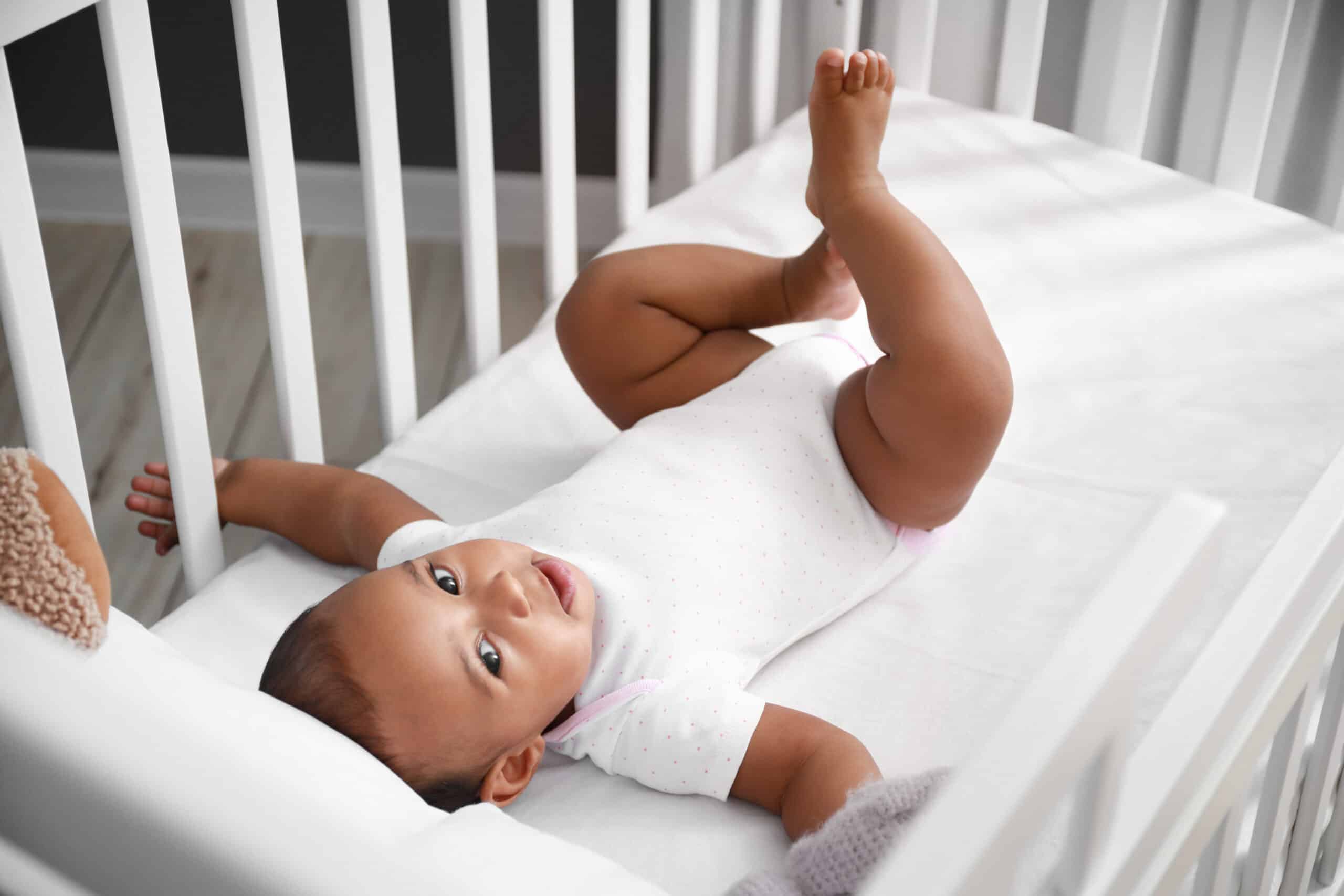

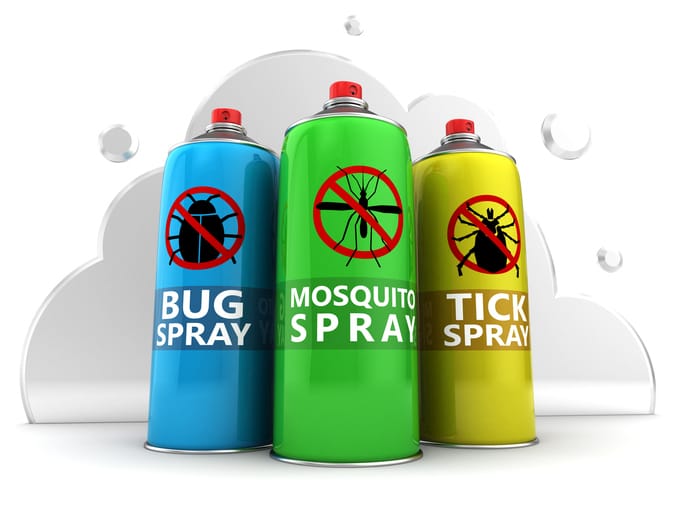



:max_bytes(150000):strip_icc()/GettyImages-648960212-b6a1bc80b9ab473287f1e77ea7fee907.jpg)




